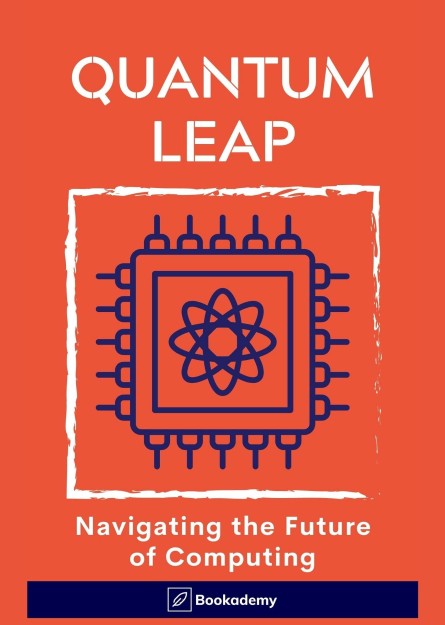Blockchain
A Scientific Exploration of This Distributed Ledger Technology
Language: English
Blockchain is a decentralized, distributed digital ledger that is used to record transactions across a network of computers. It allows multiple parties to reach consensus on the state of a shared digital history, without the need for a central authority.
One of the key features of blockchain technology is its immutability, meaning that once a transaction is recorded on the blockchain, it cannot be altered or deleted. This makes it a secure and transparent way to track and verify transactions, as well as other types of data.
Blockchain technology was originally developed as the underlying technology for the cryptocurrency Bitcoin, but it has since been adapted for a wide range of applications beyond just digital currencies. Some examples of how blockchain technology is being used include supply chain management, voting systems, and the creation of digital assets like art and music.
There are several different types of blockchain, including public blockchains, private blockchains, and consortium blockchains. Public blockchains, like the Bitcoin and Ethereum networks, are open to anyone to participate in and are secured by a decentralized network of computers. Private blockchains are restricted to specific participants, and consortium blockchains are a hybrid of the two, with participation restricted to a group of pre-approved entities.
Overall, blockchain technology has the potential to revolutionize the way we conduct transactions and exchange information, making it faster, more secure, and more efficient.










